Solar winds escaping from the Sun are expected to interact with Earth’s magnetic field Wednesday.
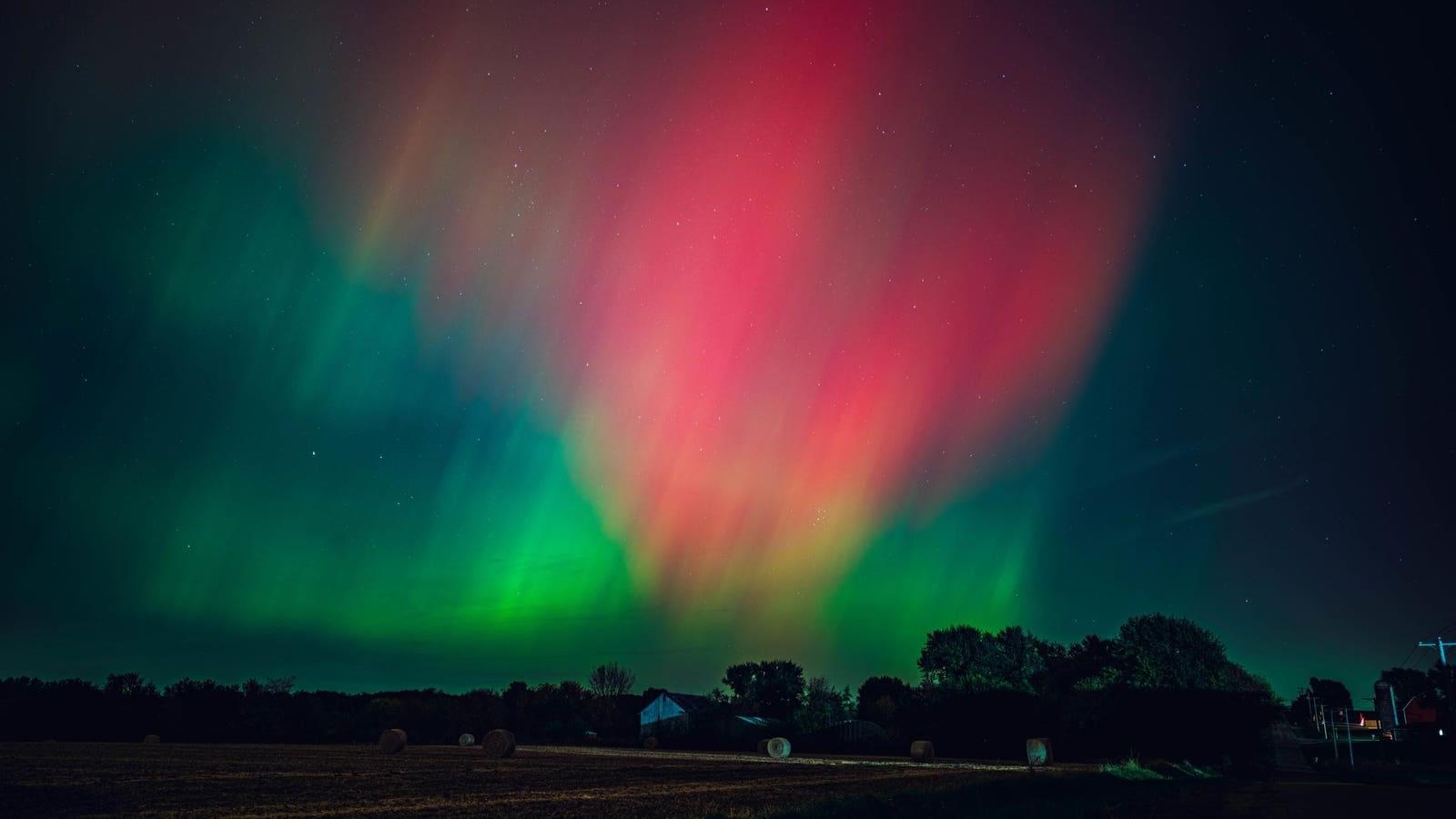


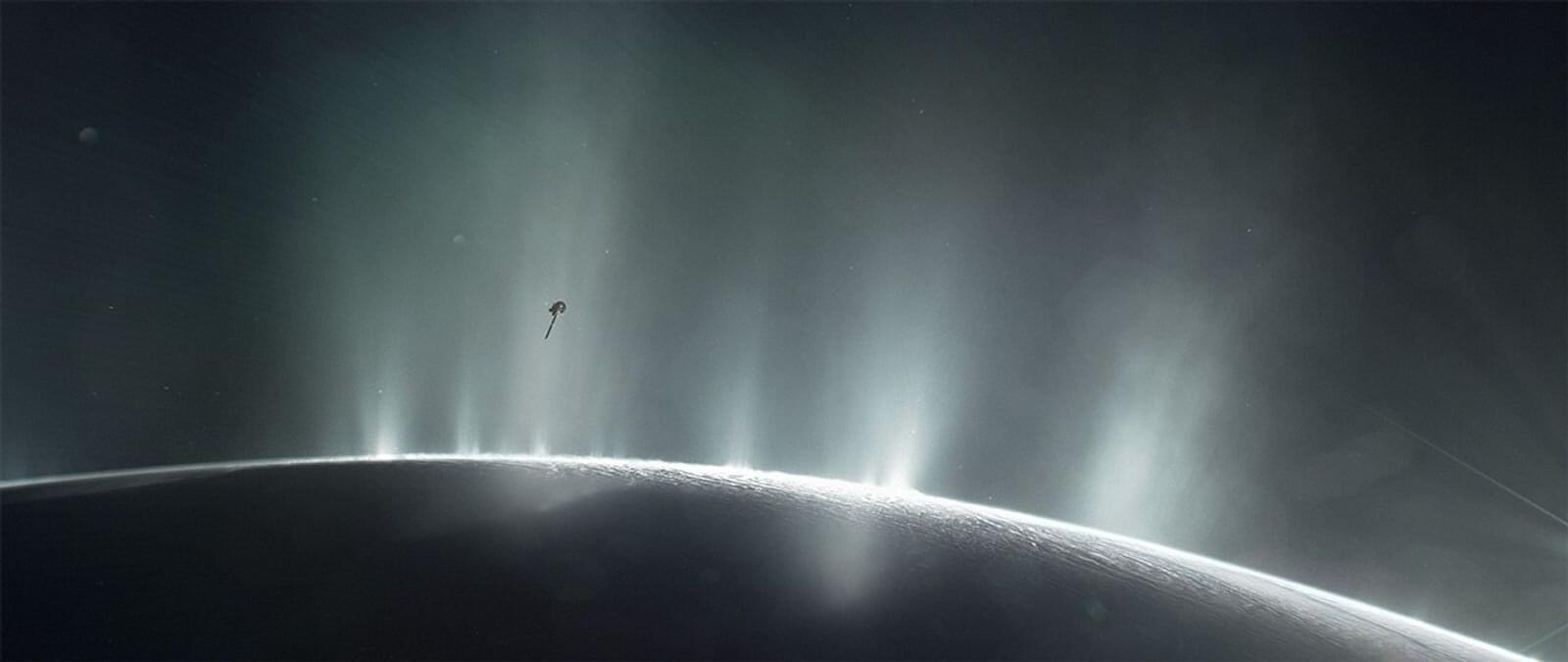
In the 17th century, astronomers Christiaan Huygens and Giovanni Cassini trained their telescopes on Saturn and uncovered a startling truth: the planet’s luminous bands were not solid appendages, but vast, separate rings composed of countless nested arcs.
Centuries later, NASA’s Cassini–Huygens (Cassini) probe carried the exploration of Saturn even further. Beginning in 2005, it sent back a stream of spectacular images that transformed scientists’ understanding of the system. Among its most dramatic revelations were the towering geysers on Saturn’s icy moon Enceladus, which blasted debris into space and left behind a faint sub-ring encircling the planet.
New supercomputer simulations from the Texas Advanced Computing Center (TACC) based on the Cassini space probe’s data have found improved estimates of ice mass Enceladus is losing to space. These findings help with understanding and future robotic exploration of what’s below the surface of the icy moon, which might harbor life.
A recent study found that ground shaking caused by moonquakes, not meteorite impacts, was responsible for altering the terrain in the Taurus-Littrow valley, the site of the Apollo 17 landing in 1972. The research also identified a likely source of these surface changes and evaluated the potential hazards by applying new seismic models, with results that carry important implications for both future lunar exploration and the development of permanent bases on the Moon.
The paper authored by Smithsonian Senior Scientist Emeritus Thomas R. Watters and University of Maryland Associate Professor of Geology Nicholas Schmerr was published in the journal Science Advances.
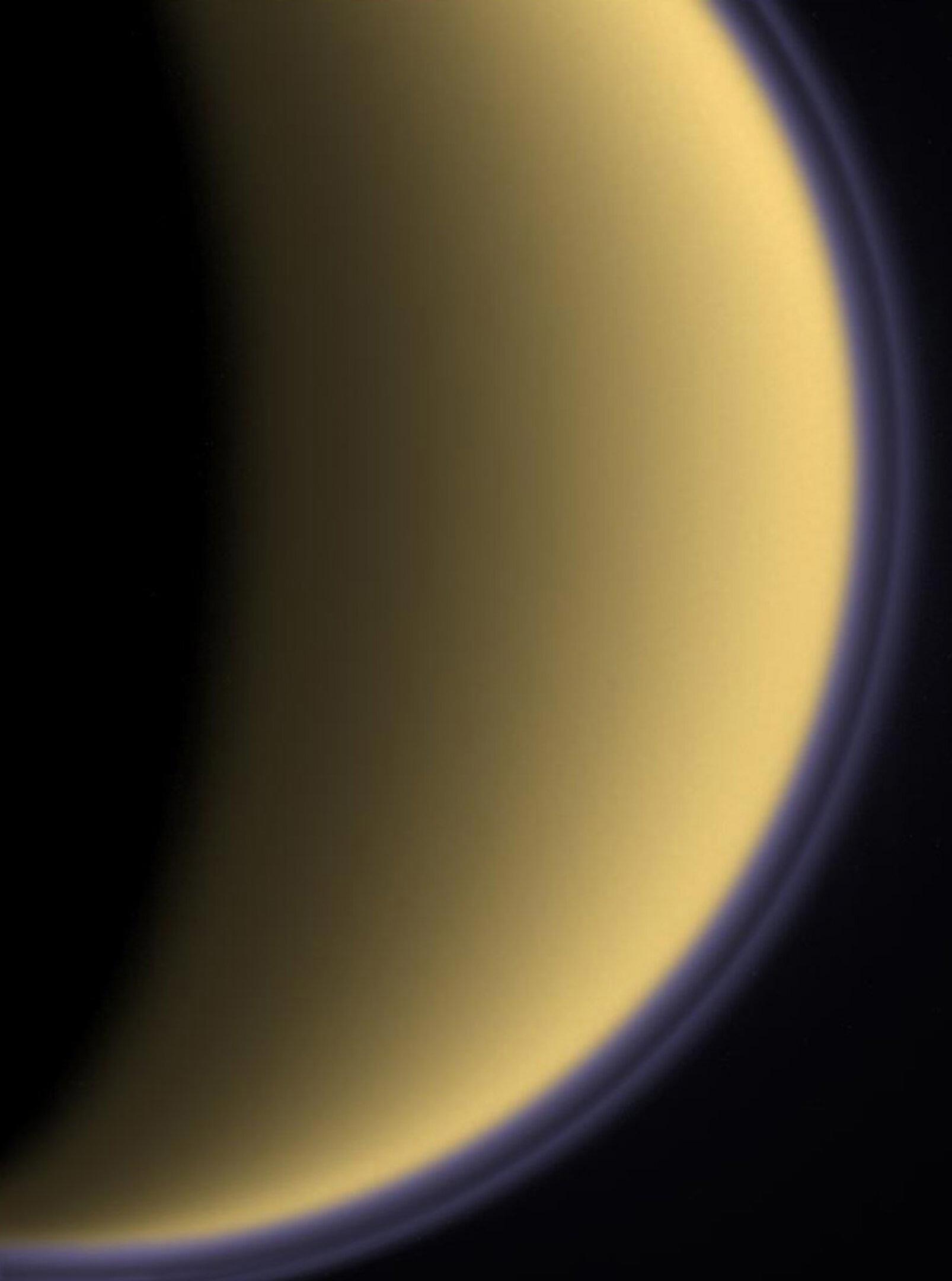
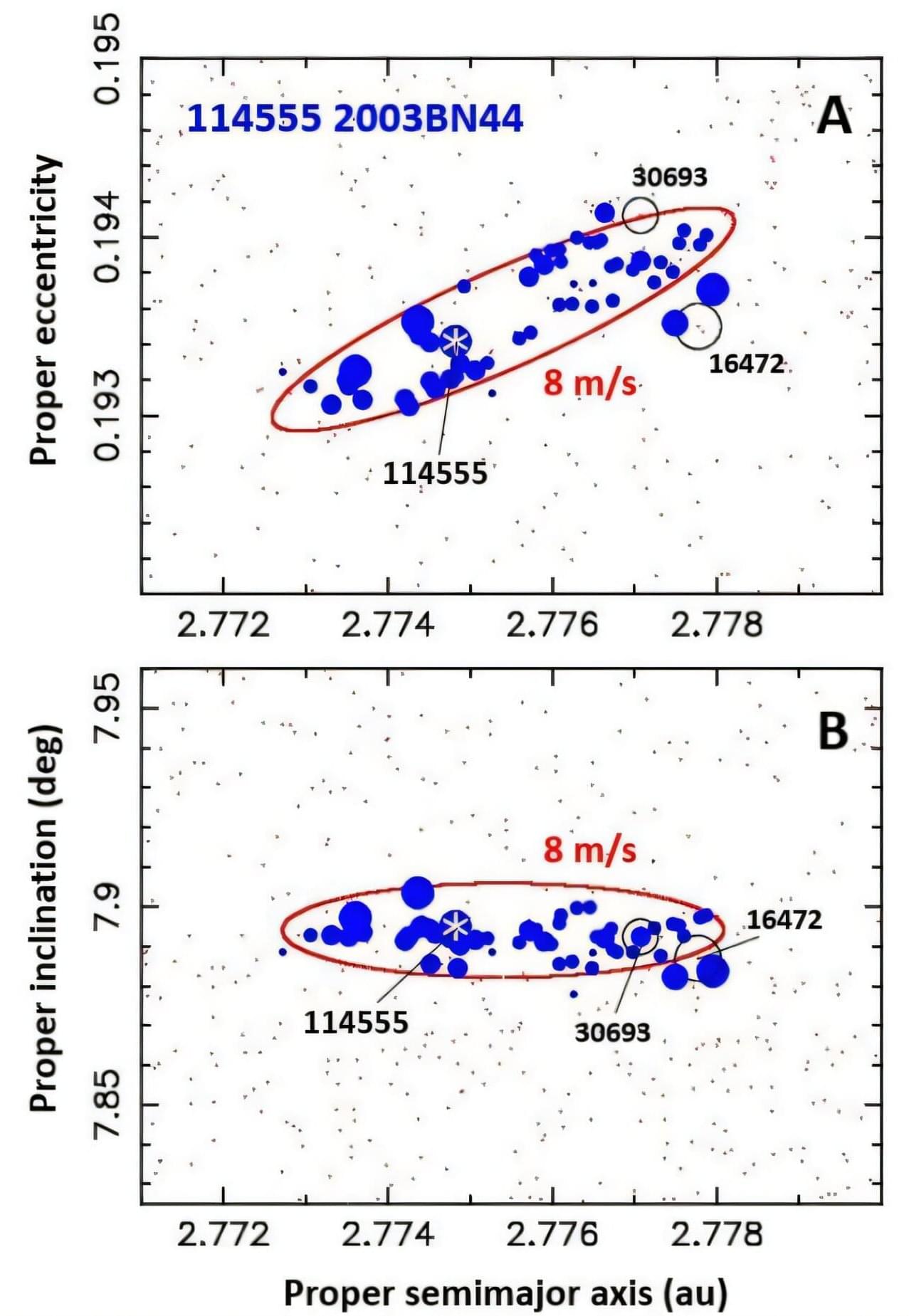
Young asteroids—which formed much later than those that were created during the formation of our solar system—are typically created when larger asteroids, planetesimals, or comets collide and break up into smaller pieces. These smaller pieces form “asteroid families” that share certain properties, like their semimajor axis, eccentricity, and inclination—all of which describe their orbital paths.
Scientists generally describe young asteroid families as being less than around 10–15 million years old and consisting of at least three members. New research, published in the journal Icarus, just revealed 63 newly discovered young asteroid families less than around 10 million years old. While many of these young families are likely to exist in our solar system, only 43 had been previously documented. The new study used a five-dimensional Hierarchical Clustering Method (HCM) with a catalog of 1.25 million asteroid orbits, which enabled the team to bring the total number of known young asteroid families to 106.
The team searched for clustering in proper orbital elements (semimajor axis, eccentricity, inclination, nodal and perihelion longitudes) at various times in the past 10 million years to find groups with similar elements.
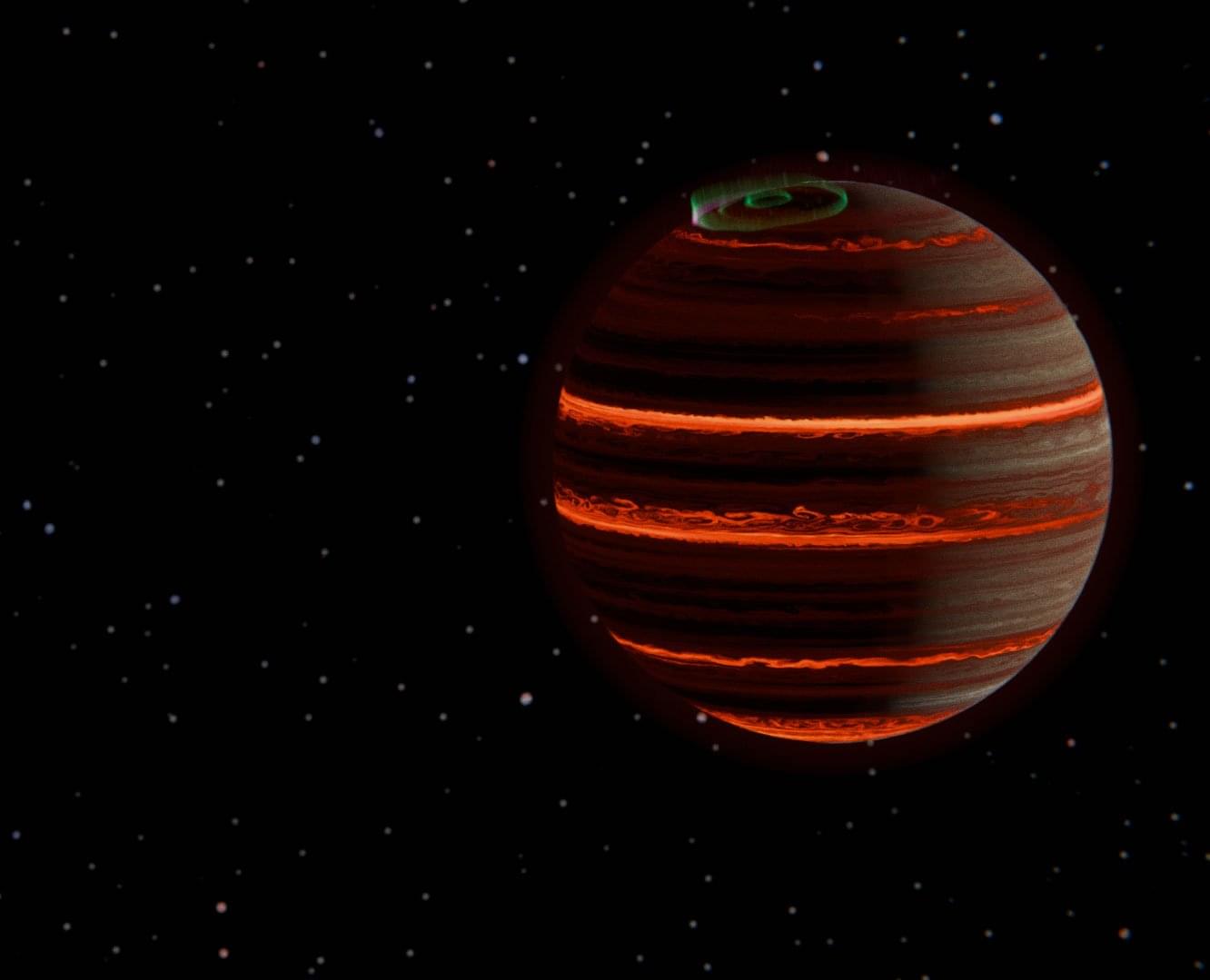
Brilliant aurora-like displays, much like Earth’s Northern Lights, are the highlight of an unusual weather forecast. Instead of coming from a television studio, this report originates from a distant world beyond our solar system.
Astronomers at Trinity College Dublin used the NASA /ESA/CSA James Webb Space Telescope to investigate the turbulent atmosphere of a nearby free-floating planet known as SIMP-0136.
With the telescope’s highly sensitive instruments, researchers were able to measure tiny variations in the planet’s brightness as it spun. These subtle shifts revealed information about its temperature, cloud cover, and chemical makeup.

Gravity has always shackled industry, but orbit frees us to build in ways Earth never allowed. This episode explores the rise of orbital foundries and the industries they unlock.
Support us on Patreon: / isaacarthur.
Support us on Subscribestar: https://www.subscribestar.com/isaac-a… Group: / 1,583,992,725,237,264 Reddit:
/ isaacarthur Twitter:
/ isaac_a_arthur on Twitter and RT our future content. SFIA Discord Server:
/ discord Credits: Orbital Foundries & Zero-G Manufacturing: Building in Space Written, Produced & Narrated by: Isaac Arthur Graphics: Jeremy Jozwik, Ken York, Udo Schroeter Select imagery/video supplied by Getty Images Music Courtesy of Aerium, Stellardrone, Chris Zabriskie, and Epidemic Sound http://epidemicsound.com/creator Chapters 0:00 Intro 1:24 Why Manufacture in Space? 6:15 Near-Term Zero-G Manufacturing Efforts 12:08 Mid-Term: Orbital Foundries and Industrial Expansion 18:47 Patreon 19:10 Long-Term: True Orbital Foundries and Gigascale Production 25:38 Far Future: Manufacturing Planets, Stars, and Beyond 30:10 From Tiny Threads to Stellar Foundries.
Facebook Group: / 1583992725237264
Reddit: / isaacarthur.
Twitter: / isaac_a_arthur on Twitter and RT our future content.
SFIA Discord Server: / discord.
Credits:
Orbital Foundries & Zero-G Manufacturing: Building in Space.
Written, Produced & Narrated by: Isaac Arthur.
Graphics: Jeremy Jozwik, Ken York, Udo Schroeter.
Select imagery/video supplied by Getty Images.
Music Courtesy of Aerium, Stellardrone, Chris Zabriskie, and Epidemic Sound http://epidemicsound.com/creator.
Chapters.
0:00 Intro.
1:24 Why Manufacture in Space?
6:15 Near-Term Zero-G Manufacturing Efforts.
12:08 Mid-Term: Orbital Foundries and Industrial Expansion.
18:47 Patreon.
19:10 Long-Term: True Orbital Foundries and Gigascale Production.
25:38 Far Future: Manufacturing Planets, Stars, and Beyond.
30:10 From Tiny Threads to Stellar Foundries.
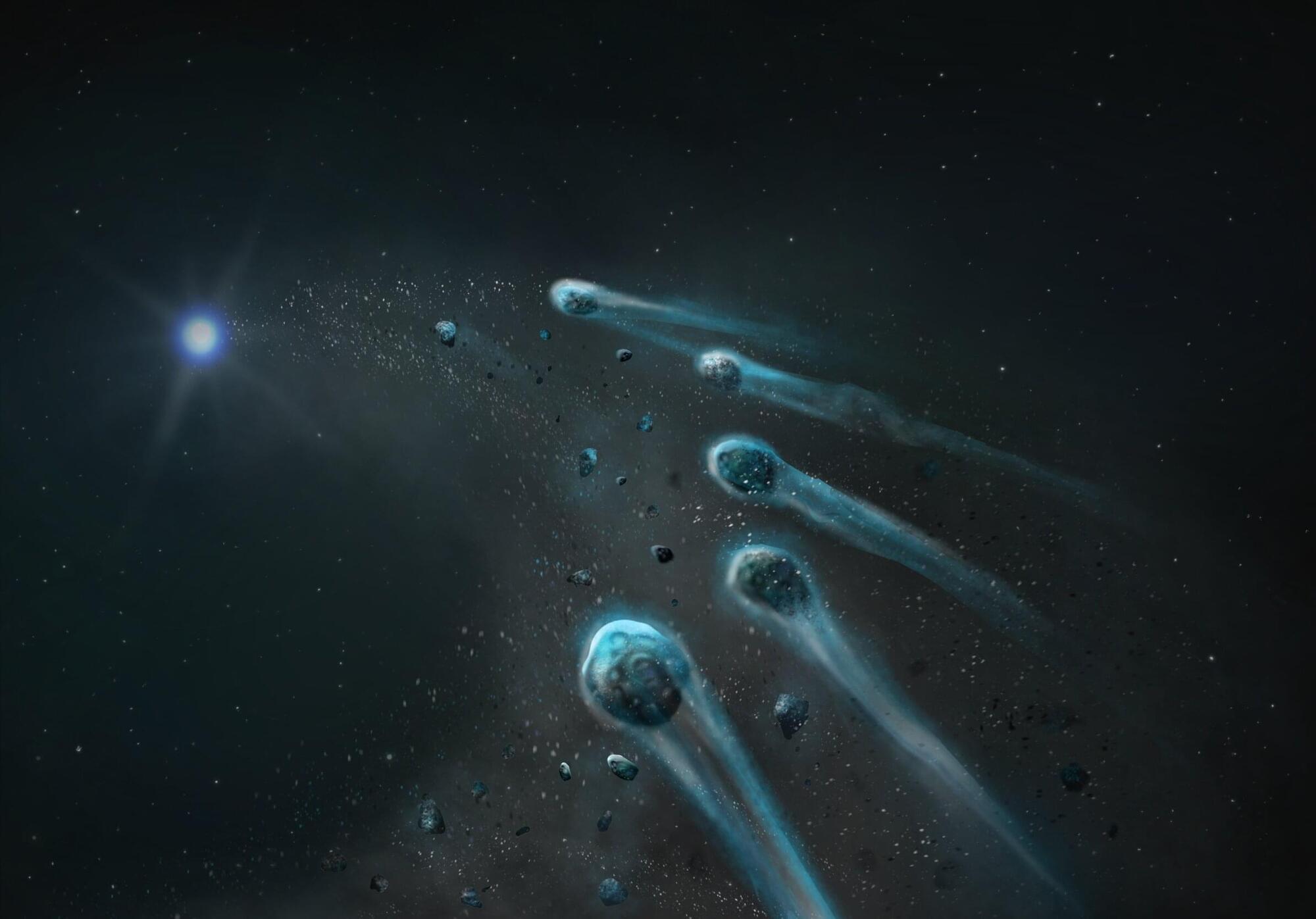
University of Warwick astronomers have uncovered the chemical fingerprint of a frozen, water-rich planetary fragment being consumed by a white dwarf star outside our solar system.
In our solar system, it is thought that comets and icy planetesimals (small solid objects in space) were responsible for delivering water to Earth. The existence of these icy objects is a requirement for the development of life on other worlds, but it is incredibly difficult to identify them outside our solar system as icy objects are small, faint and require chemical analysis.
In a study published in Monthly Notices of the Royal Astronomical Society, astronomers from Warwick, Europe and the US have found strong evidence that icy, volatile-rich bodies—capable of delivering water and the ingredients for life—exist in planetary systems beyond our own.